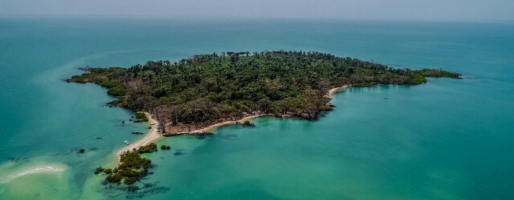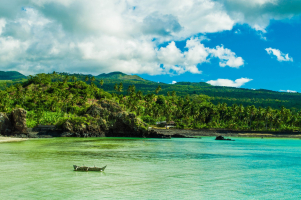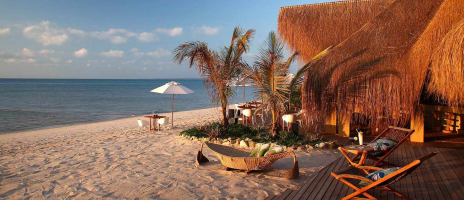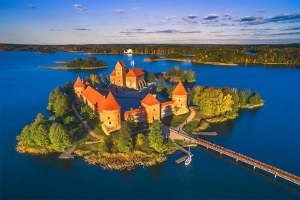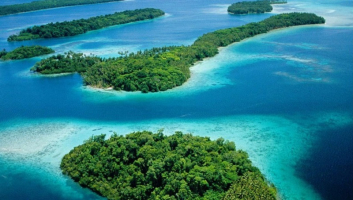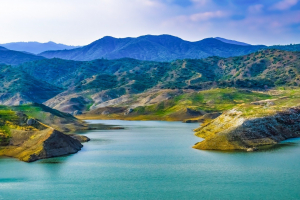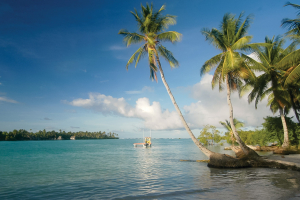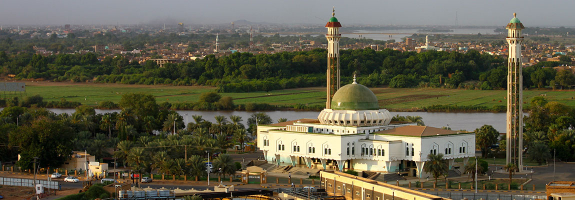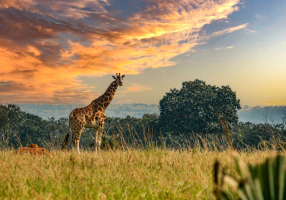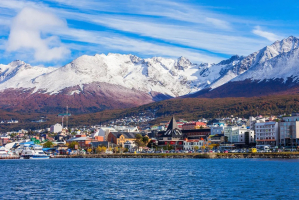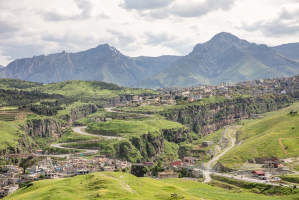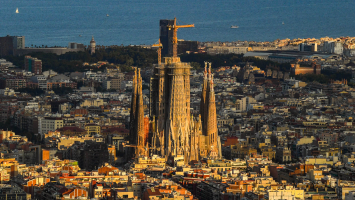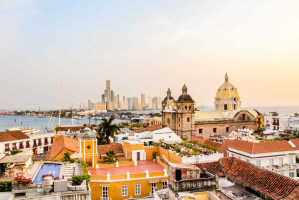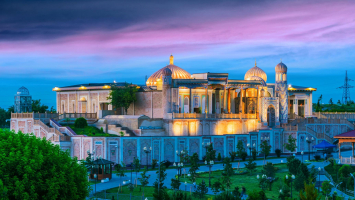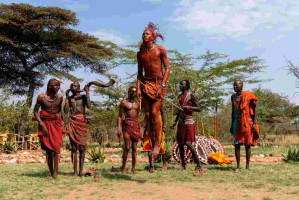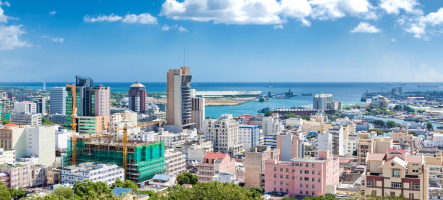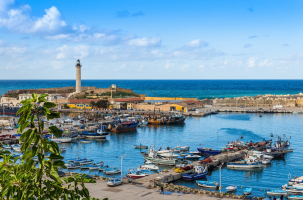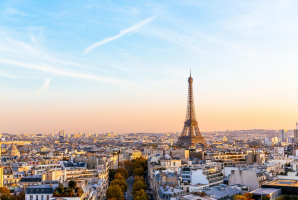Top 12 Things to Know Before Traveling to Micronesia
Micronesia is a Pacific island nation located in the western Pacific Ocean. The Caroline Islands archipelago is made up of about 600 islands and islets. If you ... read more...don't want to spend your vacation in the city or in a megacity, consider going somewhere more isolated with unique décor. Micronesia meets all of the unknown criteria. Most importantly, here are Things to Know Before Traveling to Micronesia.
-
In terms of location, Micronesia is largely north of the equator, with a total size of around 2,730 square kilometers, including both ordinary and volcanic islands. This is absolutely one of the things to know before traveling to Micronesia. In comparison, the Federated States of Micronesia's territory is slightly less than four times the size of Washington, D.C. Kosrae, the state's smallest and easternmost island, is made up of five closely spaced islands.
Pohnpei is made up of 137 outer islands and one major Pohnpei Island, as well as 25 minor islands inside the barrier reef. The huge Truk Lagoon, which has 98 islands, as well as the important exterior island groupings, such as the Mortlocks, Halls, and Namwunweito Islands, make up Truk. Mangrove swamps occur along the shores of the high islands, while grassland or scrub rises to tropical rainforests in the interior mountain highlands.
Almost all of the settlements location are along the seaside. Volcanic islands host a diverse range of plant life due to their richer soil. The coconut palm, as well as pandanus and breadfruit trees, are the most common types of flora in coral atolls. The lagoon side of the island is where most atoll residents build their homes.
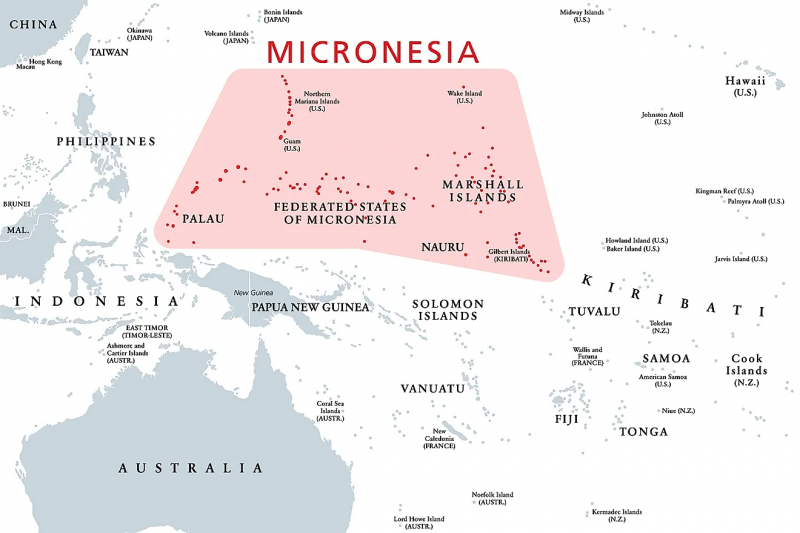
https://www.hideawayholidays.com.au/ 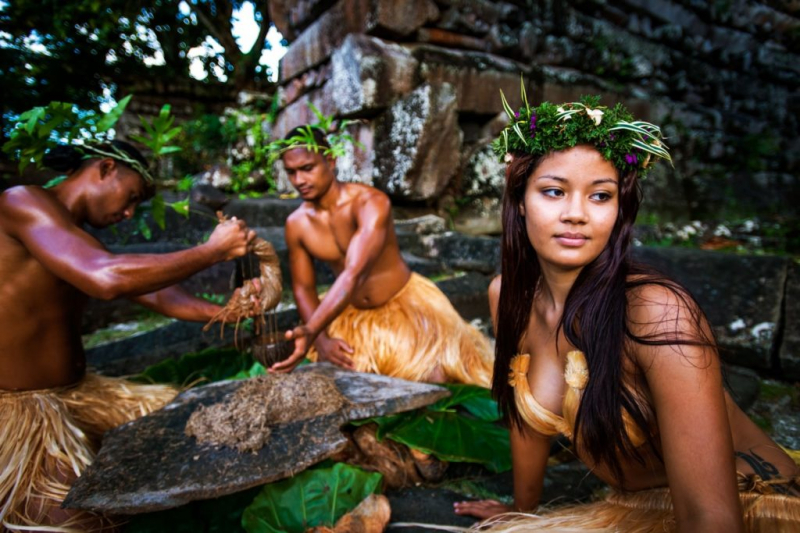
https://www.hideawayholidays.com.au/ -
Previously, the Caroline Islands were the name given to the area where Micronesia is located. There are a lot of theories on what the term Micronesia refers to. Still, the most evident idea is that the word Micronesia is derived from the ancient Greek " o " (little) and " v " (island), the name of one of Oceania's three geographical sections (Melanesia and Polynesia). This is absolutely one of the things to know before traveling to Micronesia.
In 1831, Jules Dumont D'Urville used the phrase to describe the region. Also, because of the tiny size of the country's islands, the word Micronesia is connected with a generic feature. Micronesia is a noun that may be written as (makrniz). The Mariana, Caroline, Marshall, and Kiribati island groups, as well as Nauru Island, make up one of the three divisions of islands in the Pacific (the others being Melanesia and Polynesia). Micronesia is an Oceania subregion made up of hundreds of tiny islands in the western Pacific Ocean. To the south, it is Melanesia, while to the east, it is Polynesia. To the west, the Philippines are located, and to the southwest, Indonesia.
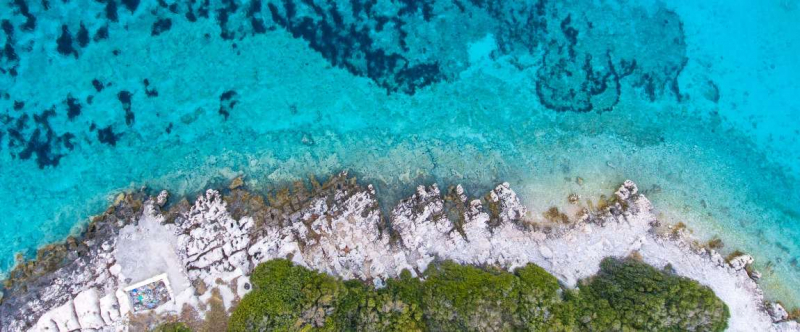
https://www.collinsdictionary.com/ 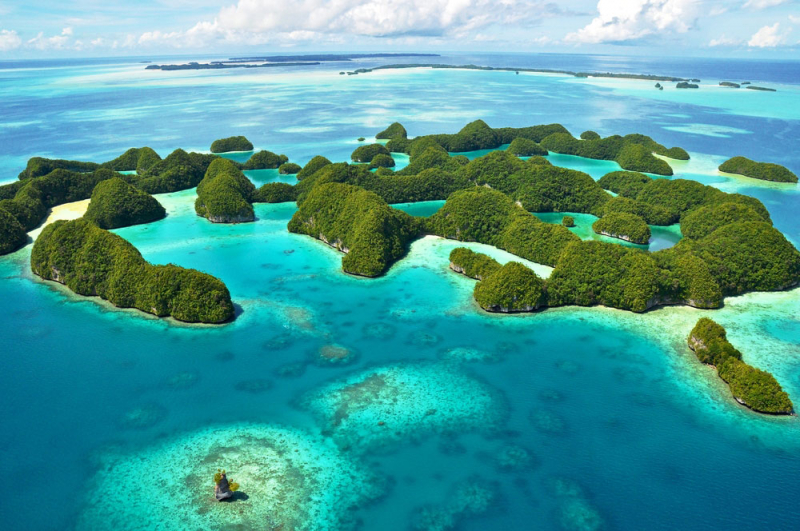
https://www.collinsdictionary.com/ -
The Federated States of Micronesia are separated into four states: Chuuk Kosrae, Yap, and Pohnpei, as we well know. The major airport for travel to Micronesia is Pohnpei International Airport. It is situated on an island near Palikir, Micronesia's capital. This is absolutely one of the things to know before traveling to Micronesia.
Micronesia trips are restricted, and travelling to Micronesia might be challenging, due to the tiny population and poor visitor traffic in these Pacific islands. Depending on where you wish to go, many flight routes are available. You can travel directly to Chuuk and Guam from Brisbane and Cairns, but you'll have to make a few transfers if you go via Sydney. The good news is that you may have a relaxed vacation without having to deal with a slew of other visitors once you arrive.
The nation is easily accessible by air or boat. A modern, well-equipped airport may be found on each of Micronesia's four islands. The major gateways to these four airports are Guam and Honolulu. United Airlines is the most major airline serving the nation, with trip durations ranging from 14 to 24 hours.
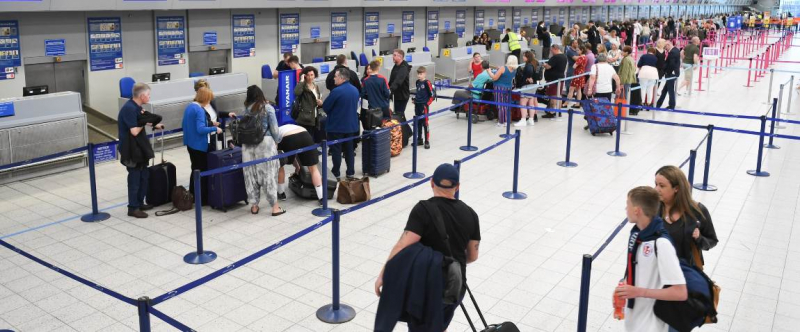
https://en.wikipedia.org/ 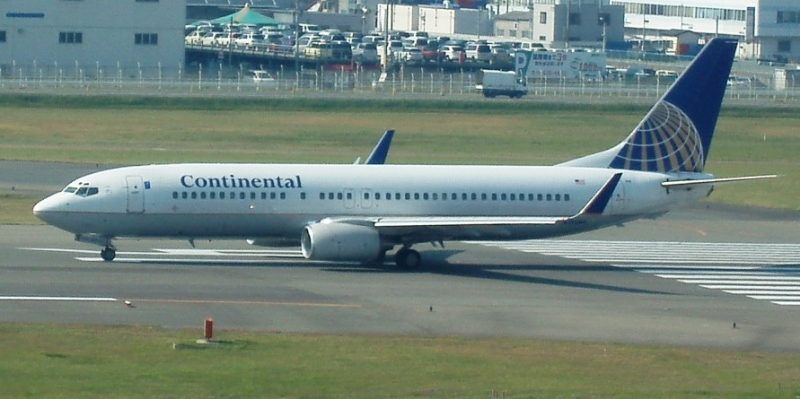
https://en.wikipedia.org/ -
Micronesia tours are varied, but the tour to the ancient city constructed on coral reefs is the most thrilling. Nan Madol is a group of around a hundred islands off the coast of Pohnpei made of basalt and coral pebbles. The remnants of temples, stone palaces, tombs, and residential buildings created around 670 years ago may still be seen on those islands.
These structures were formerly the Baudelaire dynasty's ceremonial center. The presence of not simple social and religious practices in the island society of ancient eras is demonstrated by large-scale buildings, architectural elements, and the use of megalithic material in construction.
The ancient city's extraordinary colossal megalithic architecture is exhibited by the building of walls composed of large columnar basalt stones hauled from quarries around the island and set using a unique "stretcher technique." Nan Madol is a World Heritage Site because it is in danger, mostly as a result of silting water bodies that allow mangroves to grow uncontrolled and so damage structures.
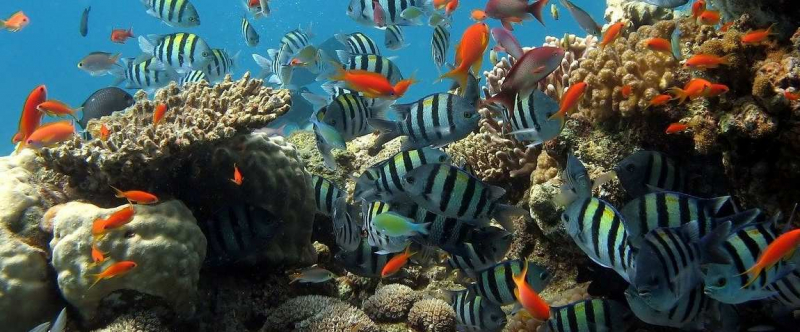
https://www.hideawayholidays.com.au/ 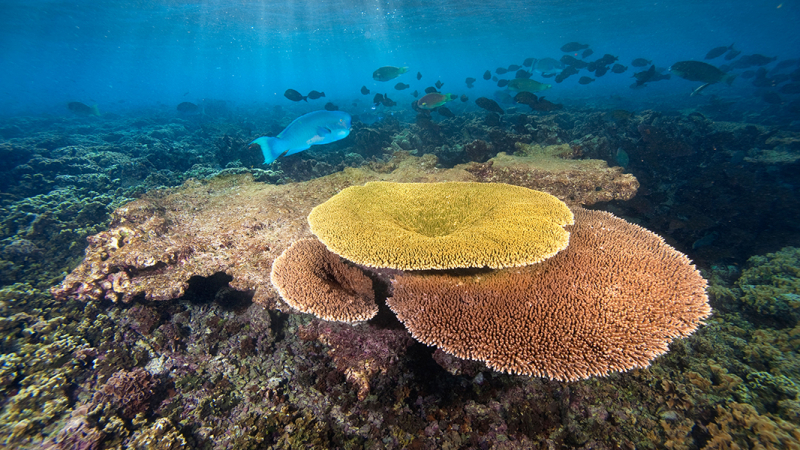
https://www.hideawayholidays.com.au/ -
The climate of the Federated States of Micronesia is equatorial, which means it is hot, humid, and rainy all year. The temperature is consistent throughout the year, averaging approximately 22°C at night and 32°C during the day; it seldom drops below 20°C and sometimes reaches 35°C.
The islands are positioned north of the equator and are influenced by trade winds, which are continuous and might help to moderate the heat. In terms of climate, the annual rainfall is abundant, ranging between 2,500 to 5,000 millimeters. Even yet, it can approach 6,000 mm per year on the windward slopes of bigger islands like Pohnpei and Kosrae, which have inland altitudes. Mount Nanalaud, 750 meters high and located on the island of Pohnpei, is one of the wettest spots on Earth, receiving 10,160 mm of rain each year and being frequently clouded. Because of the regular rains, the typical quantity of sunshine is never high, therefore overcast Micronesia trips may not be available on the most sunny days.
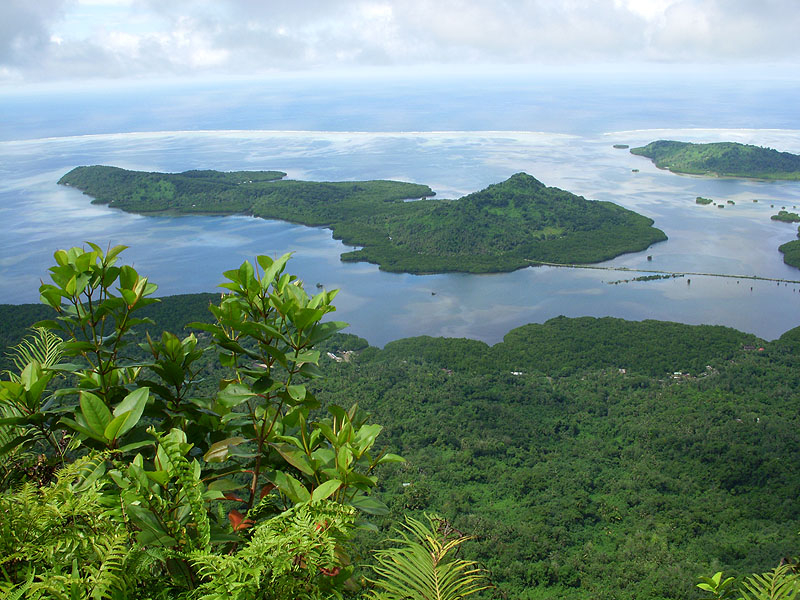
https://pickvisa.com/ 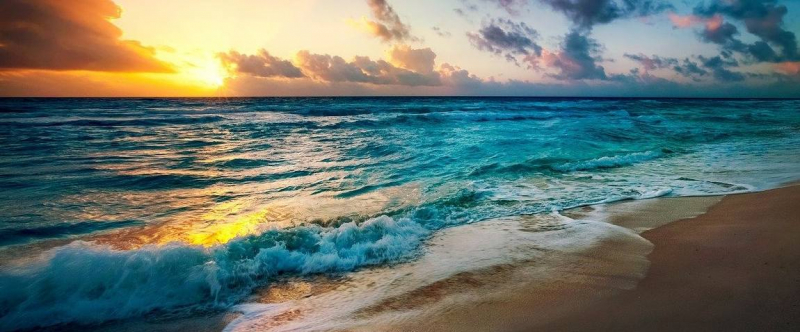
https://pickvisa.com/ -
The executive, legislative, and judicial departments of government make up Micronesia's government, according to the 1979 Constitution. The President and Vice President are chosen by the National Congress, which is a unicameral body. This is absolutely one of the things to know before traveling to Micronesia.
Each state is represented by one senator in the legislature. Senators are elected for four-year terms, with a varying number of senators from each constituency being chosen for two-year terms. Except for military and international affairs, most major government tasks are carried out at the state level rather than at the national level. Each of the four states has a governor who is chosen by the people and a unicameral legislature. There are no political parties in this country.
The Supreme Court of the Federated States of Micronesia, courts in each of the four states, and municipal courts in each state's political division make up the legal system. Wherever the system of government does not clash with constitutional law, it is used throughout the States of Micronesia. The United States also safeguards the islands under the "Free Association Agreement."

https://devpolicy.org/ 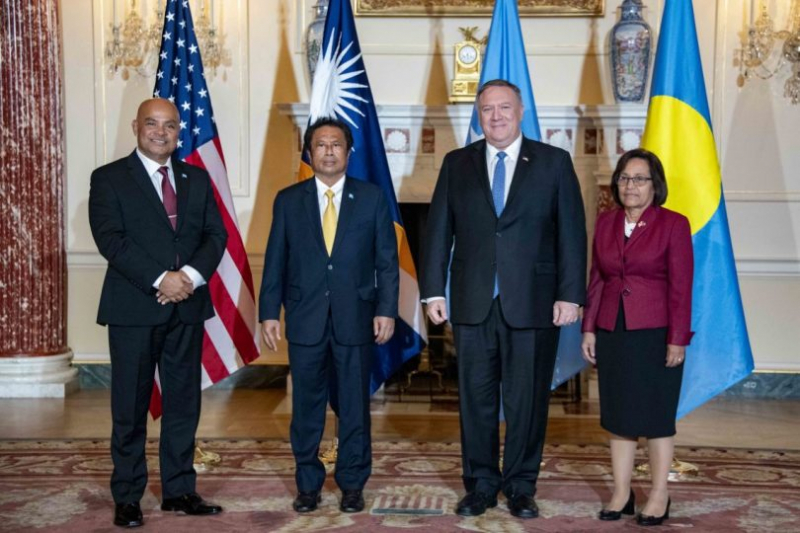
https://devpolicy.org/ -
Micronesia isn't recognized for having a very high crime rate. Even yet, small crimes against travelers have been reported in Chuuk, Yak, and Pohnpei, including break-ins and nonviolent theft. When traveling, it is best to take all required steps to secure your valuables and to exercise common sense.
Travelers generally feel secure touring the islands in general, however ladies should be cautious while traveling alone in Micronesia's remote areas. Chuuk has a higher crime rate than other states. On Veno Island, too, avoid the streets after dark. Travelers are sometimes targeted for theft, verbal and physical abuse, which might lead to a major conflict. Interfereing in neighborly issues is not a good idea. On weekends and after dark, alcohol-related crimes and traffic accidents involving intoxicated drivers are not prevalent.
Despite the fact that the FSM currently lacks an organized crime police or intelligence unit – apart from the fact that fishing law is under the jurisdiction of the National Police's Maritime Unit – each of the four states has its own anti-human trafficking task force comprised of both national and state law enforcement officers. Only the task forces in Chuuk and Pohnpei, however, were operational in 2019.
In general, FSM law enforcement lacks the financial and personnel resources to achieve international standards on its own, relying instead on participation in regional initiatives to strengthen its law-enforcement capabilities against transnational organized crime. FSM's borders, like those of other Pacific island nations, are inherently permeable and difficult to control.

https://ocindex.net/ 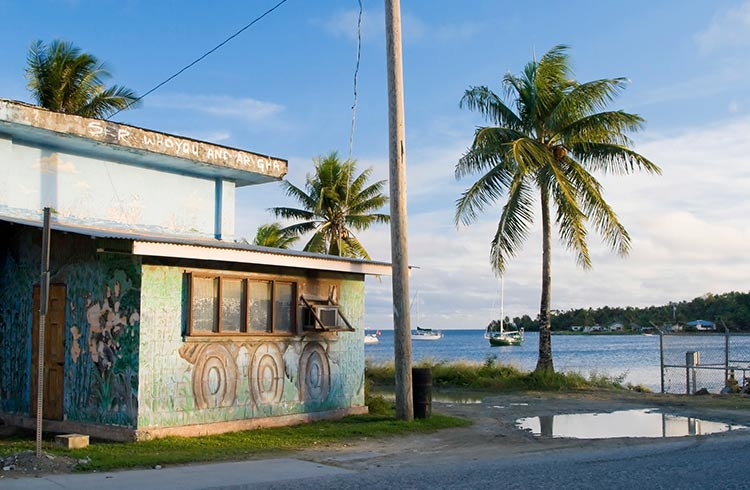
https://ocindex.net/ -
The US dollar is the currency of Micronesia. The primary economic activity are subsistence agriculture and fishing. Breadfruit, taro, coconuts, and bananas are the most common foods, but yams, cassava, and sweet potatoes are also produced on parts of the higher islands. This is absolutely one of the things to know before traveling to Micronesia.
Poultry, pigs, and dogs are sometimes bred for food. The major source of financing is grant money from the US government, which is still in place thanks to the Free Association Agreement inked in 1982. Grants from outside sources provide for about two-thirds of the revenue. The original contract, which had expired in 2001, was extended in 2003 with minimal changes. A source of revenue is the service industry, which includes government jobs. The selling of fishing rights also generates cash for the government. Economy is also one of the things to know before traveling to Micronesia.
Tourism is slowly growing, with the islands' isolation and inadequate infrastructure holding it back. Local commercial fishing is only being developed on a modest scale, while large-scale agriculture has failed on several occasions. The only minerals worth discussing are unexplored offshore phosphate reserves of excellent quality.
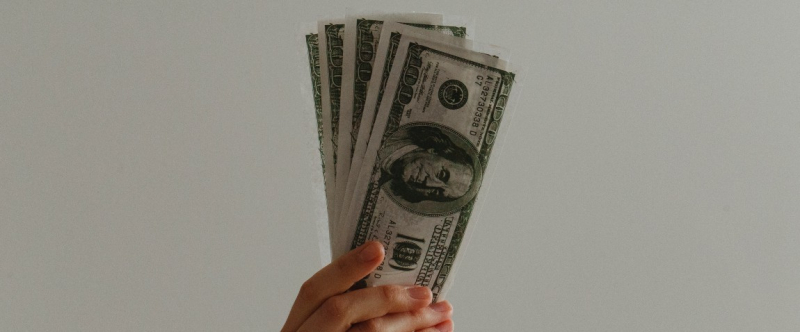
https://www.istockphoto.com/ 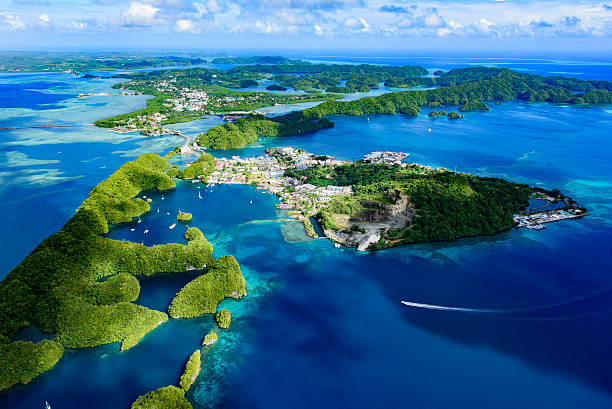
https://www.istockphoto.com/ -
Volcanic islands make up a significant portion of Micronesia's landmass. As a result, the States of Micronesia's territories of Yap, Chuuk, Pohnpei, and Kosrae encourage communities on such islands. Yap State covers 119 square kilometers and is made up of four volcanic islands and 19 populated outlying islands and atolls. Yap is an archipelago of volcanic and continental islands encircled by a large reef platform.
Chuuk State is the most populated of the states, with 126 square kilometers of volcanic islands in the Chuuk Lagoon and roughly 24 outlying island atolls. Pohnpei State, home to Micronesia's capital, is made up of one big volcanic island and six inhabited atolls, the majority of which are part of the island of Pohnpei. Kosrae is a 111-square-kilometer volcanic island surrounded by a fringing reef.
Micronesia's islands range in size from small coral atolls that barely rise above sea level to uplifted limestone islands and volcanic high islands. Guam (541 km2, 406 m height), Babeldaob (331 km2, 242 m elevation), Pohnpei (344 km2, 772 m elevation), and Kosrae (344 km2, 772 m elevation) are the largest (110 km2, 634 m elevation).
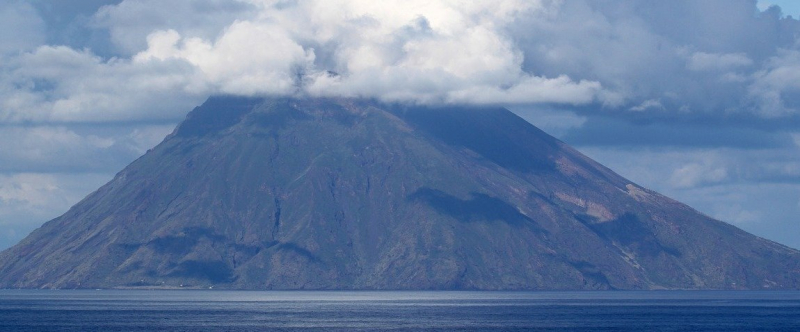
https://pickvisa.com/ 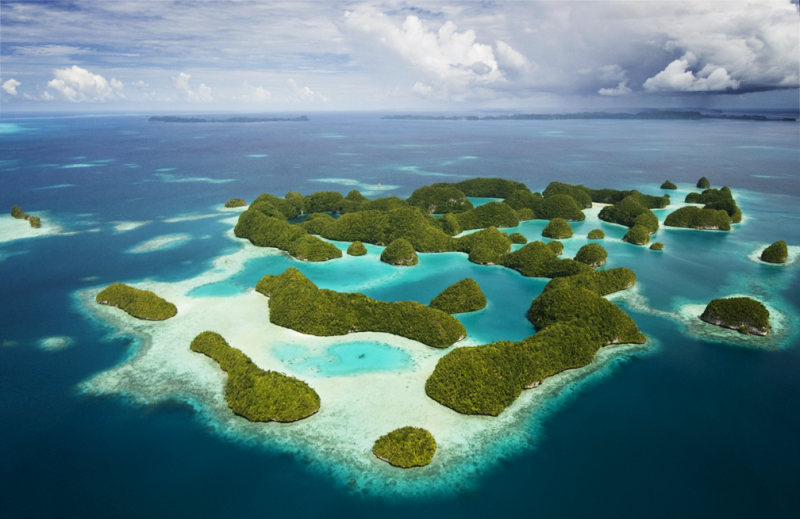
https://pickvisa.com/ -
Although English is the official language of Micronesia, the country also speaks a number of indigenous Malayo-Polynesian languages. Micronesian languages are closely linked to Melanesian and Polynesian languages. They are a collection of mutually incomprehensible languages belonging to the eastern or Oceanic branch of the Austronesian language family.
Nukuoro and Kapingamarangi are two more Polynesian languages that are spoken in Micronesia. Micronesia's two languages are most closely connected to the Austronesian languages' Western, or Indonesian, branch. It's "Chamorro," which is quite similar to the languages of the Philippines, and "Palau," which is Indonesian but whose connection is less definite.
The phonology and structure of these Micronesian languages are identical, demonstrating their close kinship, while the vocabulary items are only 25% same. The Nuclear Micronesian languages, which include Marshallese, Gilbertese, Chuukese, Pohnpeian, Kosraean, Carolinean, and Ulithian, are a set of seven closely related Micronesian languages. A family of Oceanic languages includes the twenty Micronesian languages. The absence of simple labial consonants in Micronesian languages is well documented.
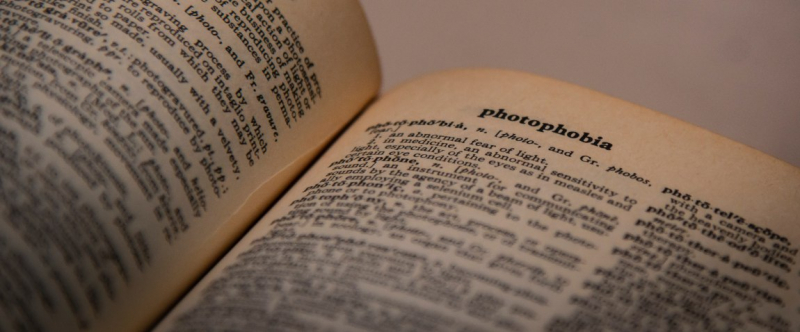
https://www.hideawayholidays.com.au/ 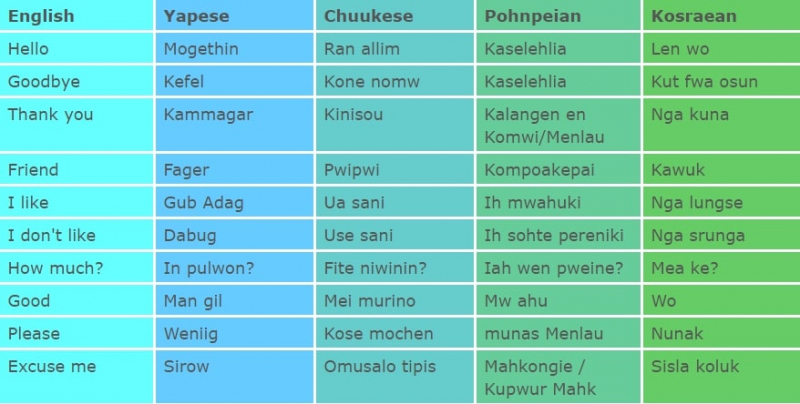
https://www.hideawayholidays.com.au/ -
All of Micronesia's Pacific Islands have their own unique festivals, the most well-known of which is perhaps Yap Day on the island of Yap. Many Micronesia holidays are observed across the island to honor significant historical events such as National Day, which commemorates the islands' independence from Japan, and Liberation Day, which commemorates the United States' liberation of the islands from the Japanese during WWII. The island of Kosrae celebrates Christmas with day-long church services that include marching parade routines.
On the first weekend in March, the largest of Yap's several feasts takes place. This unusual festivals, which has just lately been available to tourists from outside the island, is hosted by each community on Yap. Alternatively, let us commemorate United Nations Day.
The Pacific Islands of Micronesia are one of the few places in the world that commemorate United Nations Day with such zeal. Every year on October 24, the island of Yap observes the day by closing all government offices, schools, and almost all businesses.
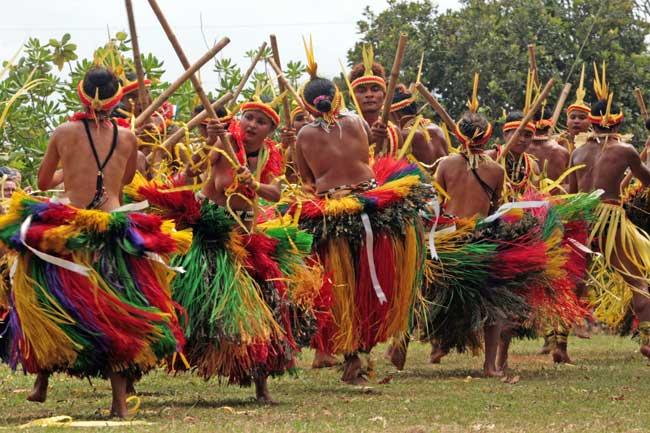
https://guam.stripes.com/ 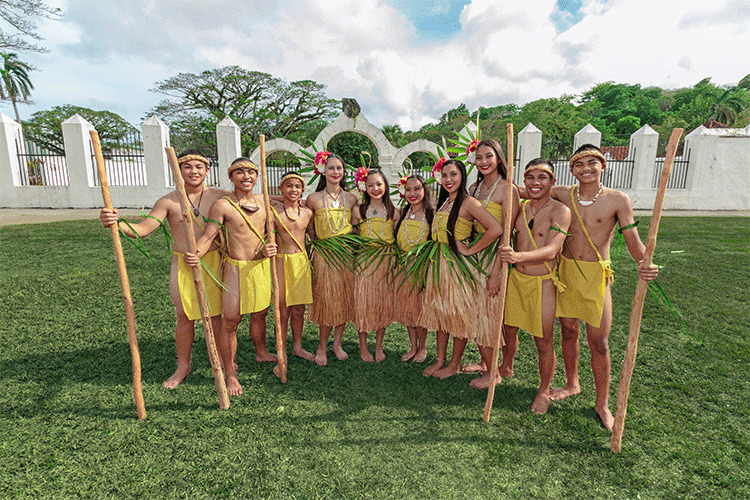
https://guam.stripes.com/ -
In Micronesian culture, food plays an important role. Traditional and ceremonial events, in particular, are distinguished by revelry, with a vast number of traditional meals provided to everybody. In the FSM, imported meals have gradually displaced native recipes, although traditional dishes may still be sampled.
Each island has its own distinct culture and topography. In terms of cuisine, the Federated States of Micronesia provide tantalizing and scrumptious dishes. In truth, Micronesia's cuisine is a unique blend of western and eastern influences. The biggest influences, for example, are Spanish, Malay, and Chinese civilizations.
Food is so important to the people of these islands that it is seen as an inherent aspect of native culture and art, as well as a vital part of communal life. Micronesian chefs do not employ fiery chilies in the preparation of various meals in this area, hence Macronesian cuisine may be described as moderate. Some must-try delicious dishes when coming here are Sakau, Fish dishes, Micronesian chicken, Yam and so on.
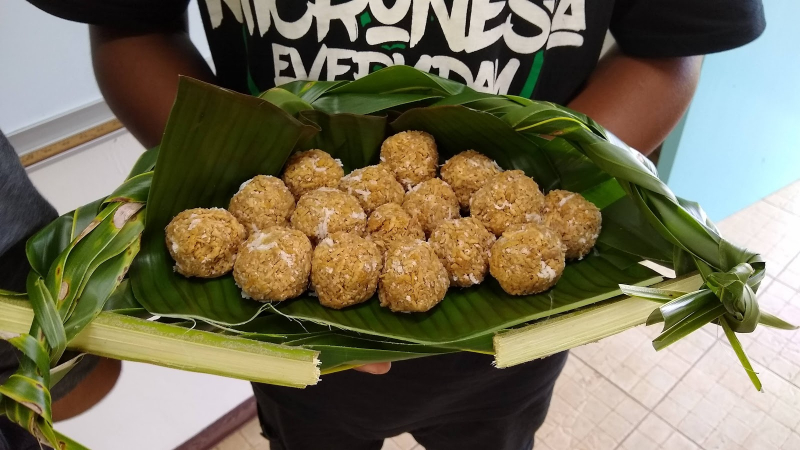
https://www.best-country.com/ 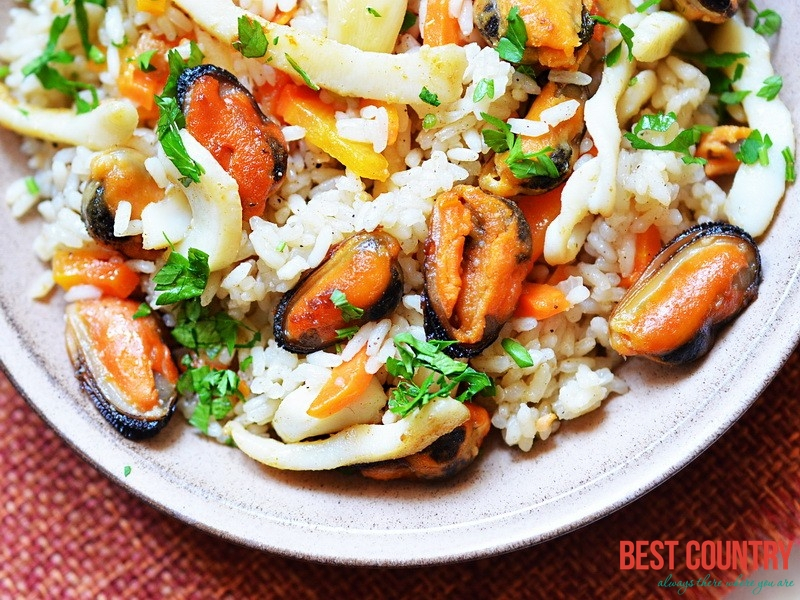
https://www.best-country.com/














